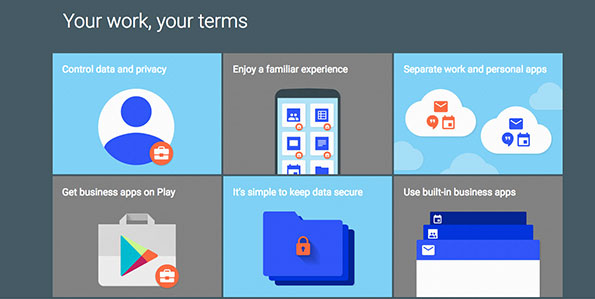

- #ANDROID WORKSPACE MANAGER INSTALL#
- #ANDROID WORKSPACE MANAGER UPDATE#
- #ANDROID WORKSPACE MANAGER ANDROID#
- #ANDROID WORKSPACE MANAGER CODE#
- #ANDROID WORKSPACE MANAGER PROFESSIONAL#
#ANDROID WORKSPACE MANAGER CODE#
#ANDROID WORKSPACE MANAGER ANDROID#
If you're new to these classes, check out the Android Lifecycle-aware components Codelab (specifically for ViewModel and LiveData) or Room with a View Codelab (an introduction to Architecture Components). You should also be familiar with LiveData, ViewModel and View Binding. To do this codelab, you'll need the latest Android Studio stable version.

#ANDROID WORKSPACE MANAGER UPDATE#
Use the Progress API to update the UI while your work is executed.Here you will add some features to the code: If you have already completed the Background Work with WorkManager codelab, this is a similar sample app (the one difference is that this sample app allows you to select your own image from the photos gallery to blur). In this codelab you'll be working on Blur-O-Matic, an app that blurs photos and images and saves the result to a file. ADS 2019 WorkManager talk: WorkManager: Beyond the Basics.Other resources available to get familiar with WorkManager are: It builds on the basic material covered in the Background Work with WorkManager codelab.
#ANDROID WORKSPACE MANAGER PROFESSIONAL#
Perhaps you have a Facebook account for personal use and a different one for professional use, or maybe you want to access your own Twitter account while you manage another for your company.This codelab teaches advanced WorkManager concepts. To manage your complicated digital life and separate work from personal, you likely use more than one account for certain services. Shelter Lets You Run Two Accounts From One Device You can also use the list of operations to create an Unfreeze and launch shortcut (accessible from your home screen) to quickly bring them back to life. You can access frozen apps from within Shelter at any time they appear at the bottom of the list with a colored background. To freeze an app, find it in the Shelter tab and tap on its name to bring up the list of operations, then tap on Freeze. It's also useful for apps that you seldom use but need to have installed on your phone just in case. This function puts the apps into a state of suspended animation until you actually need to use them.
#ANDROID WORKSPACE MANAGER INSTALL#
You can install these resource-hoggers into Shelter and freeze them. Some apps seem to run permanently in the background, taking up valuable memory and processing power and constantly sending and receiving data for unknown purposes. Sheltered app icons on the home screen are marked with a little blue briefcase in a white circle, helping you tell them apart from normal apps. Then, select Launch to open the app or Create Unfreeze and/or Launch Shortcut to place an icon on your home screen for easy access. Tap on the icon to get a menu of options. Once the app has installed, you will see it listed in the Shelter tab. You will now see a screen asking if you want to install the application. Tap on the toggle to give Shelter permission to install software, then tap on the back arrow at the top-left to return. You will see a screen with a warning and a toggle marked Allow from this source. If you’re happy to continue, tap on Settings. This is an Android safety feature to prevent people installing apps from third-party sources. Tap on Clone to Shelter.Ī prompt will tell you that your phone is not allowed to install unknown apps from Shelter for security reasons. The options are Clone to Shelter (Work Profile) or Uninstall. When you tap on the app name, a box will appear telling you what operations are available. To clone your first app, simply tap on its name in the Main tab.


 0 kommentar(er)
0 kommentar(er)
